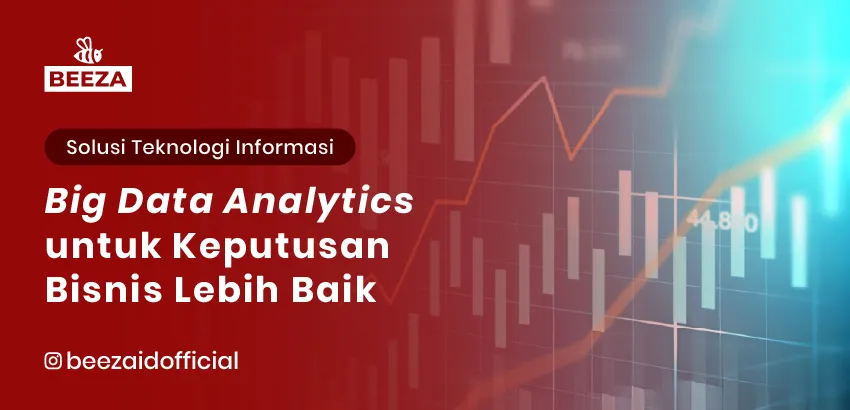
Introduction: Big Data Analytics for Smarter Business Decisions
In today’s digital-first world, businesses can no longer rely on gut feeling or past experience alone to make decisions. Data has become a critical driver of business strategy, and with the exponential growth of data, organizations need intelligent tools to turn raw information into actionable insights.
That’s where Big Data Analytics steps in. It allows companies to uncover patterns, forecast trends, and make data-driven decisions that boost performance, optimize operations, and enhance customer experiences. This article explores how Big Data Analytics is transforming the way modern businesses operate—and how your company can benefit.
What is Big Data Analytics?
Big Data Analytics refers to the process of examining large and complex datasets—often in real time—to uncover meaningful insights, patterns, and trends. These datasets are characterized by the “3 Vs”:
- Volume: Massive amounts of data
- Variety: Different data types (structured, unstructured)
- Velocity: Speed at which data is generated and processed
✅ Example: An e-commerce platform can analyze millions of transactions to identify buying trends, customer preferences, and peak shopping times.
Benefits of Big Data Analytics for Businesses
1. Faster, More Accurate Decision-Making
Real-time data analysis empowers leadership teams to make decisions based on facts, not assumptions.
💡 Case: A logistics company reduces delivery delays by 25% by analyzing route efficiency in real-time.
2. Personalized Customer Experiences
Big Data enables highly targeted customer interactions and product recommendations.
💡 Example: Streaming platforms like Netflix suggest content based on each user’s viewing history.
3. Operational Efficiency
Analyzing internal operations reveals inefficiencies and automation opportunities.
💡 Example: Retailers use analytics and IoT sensors to automatically manage inventory levels.
4. Predictive Market Insights
Big Data helps forecast industry trends and customer behavior shifts before they occur.
💡 Example: Fashion brands monitor social media trends to anticipate the next big styles.
5. Better Risk Management
Predictive analytics can identify potential risks and suggest preventive actions.
💡 Example: Banks detect unusual transactions using machine learning to prevent fraud.
How to Implement Big Data Analytics in Your Business
1. Define Your Business Goals
Clarify what you want to achieve—higher revenue, reduced churn, or improved customer satisfaction.
2. Collect and Integrate Data Sources
Gather data from CRM systems, websites, customer feedback, social media, and transactions.
3. Choose the Right Analytics Tools
Leverage platforms like Power BI, Google Analytics, AWS, or Azure for scalable insights.
4. Build a Data-Savvy Team or Partner with Experts
Hire data analysts, or collaborate with technology experts like Beeza for effective implementation.
5. Continuously Monitor and Optimize
Set clear KPIs and adjust strategies based on analytics performance and market trends.
Challenges to Watch Out For
🚫 Poor Data Quality
Inaccurate or irrelevant data can lead to misleading conclusions.
🚫 Lack of Skilled Talent
Not all organizations have access to data science expertise.
🚫 Data Privacy and Security Concerns
Failing to protect customer data can result in breaches and legal issues.
✅ Solution: Implement strict data governance, encryption, and ensure compliance with privacy regulations like GDPR or local data protection laws.
Conclusion
Big Data Analytics is no longer a luxury—it’s a necessity for modern businesses. From enhancing decision-making to uncovering new revenue opportunities, the ability to understand and act on data is a powerful competitive advantage.🚀 Ready to unlock the full potential of your business data?
Beeza can help you integrate smart data analytics solutions tailored to your industry needs. Let’s make your business more data-driven, innovative, and future-ready.